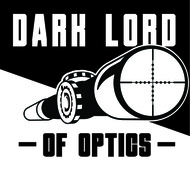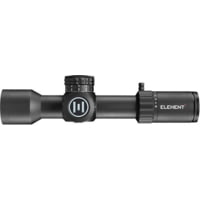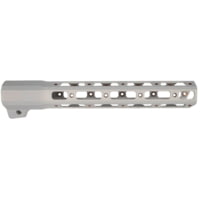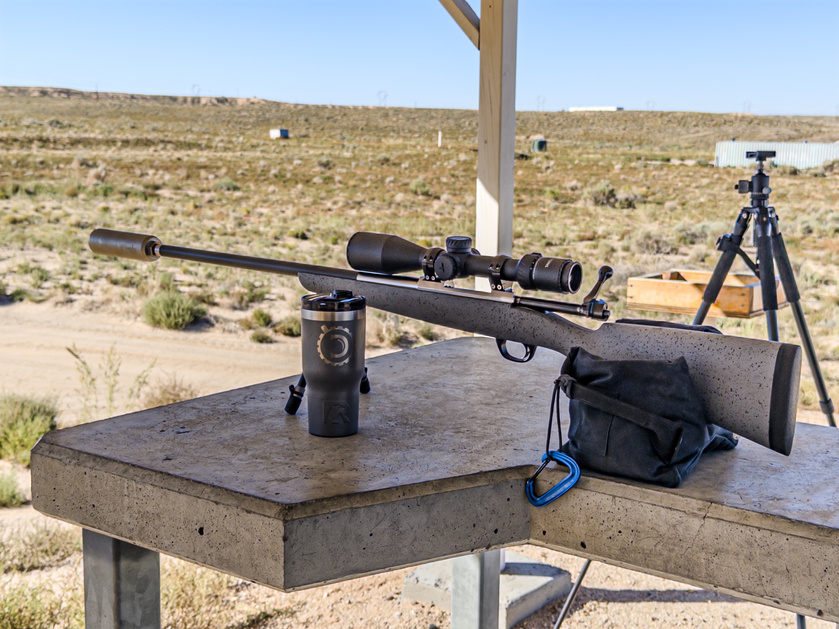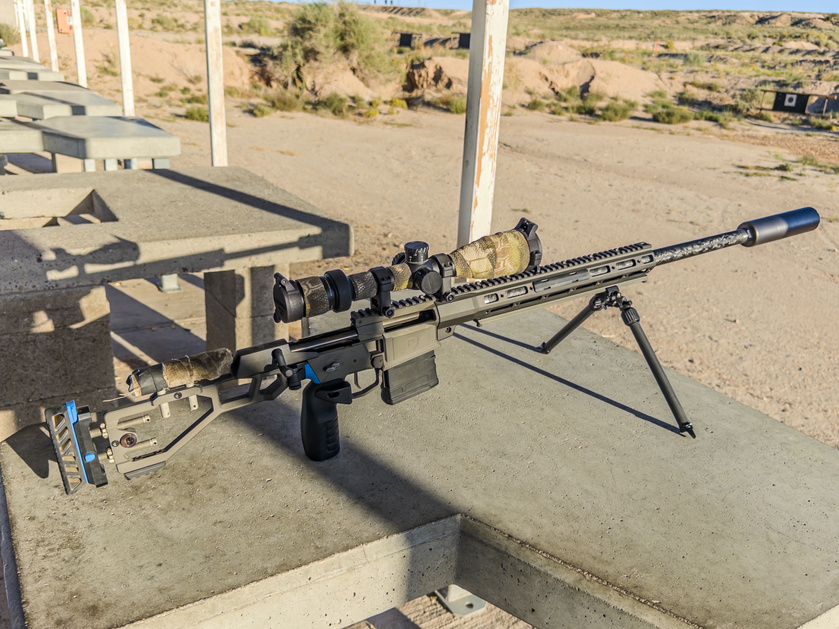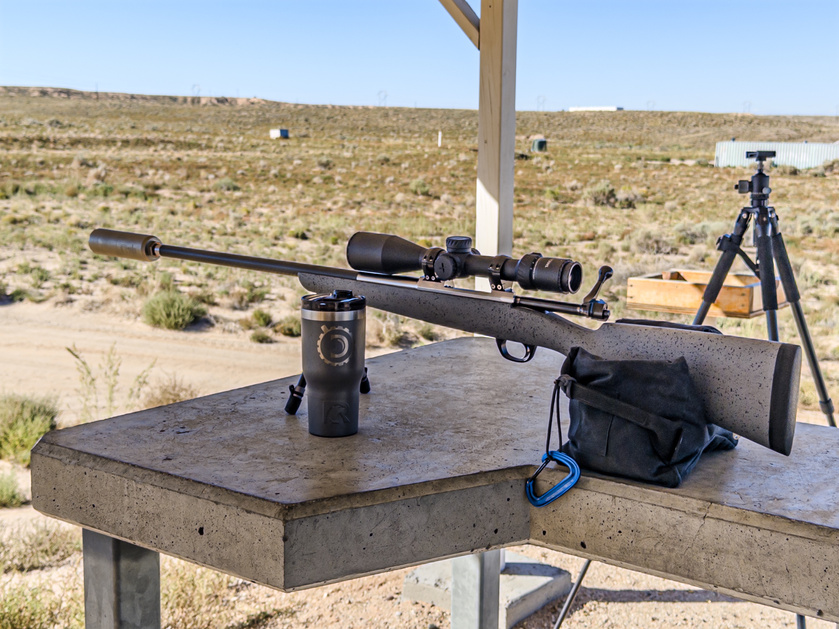12x is quite a lot of binocular magnification. Well, it is for me. My normal go to binocular is a 10x50 since I moved to New Mexico and started hunting out here. Historically, it was a 8x42. However, when distances open up, you need magnification. I have an antelope hunt in a week, which is a perfect opportunity to work out a nice pair of high magnification binoculars.
I have had the Summit Pro 12x50 binocular from Apex for a little while now (first saw it SHOT) and, up to now, I have mostly used it at the range. When I first saw this thing at SHOT, I talked to the gentleman behidn Apex Optics and quietly advised him that he should charge more for these than he was planning to. Looking at the price, I was a little concerned that people will underappreciate how nice this thing really is.
He did not listen to me and the price for the version I have is sitting at $850. If the one I have is a representative sample of how the rest of them are, it is a very good deal.
https://apexoptics.co/summit-ed/
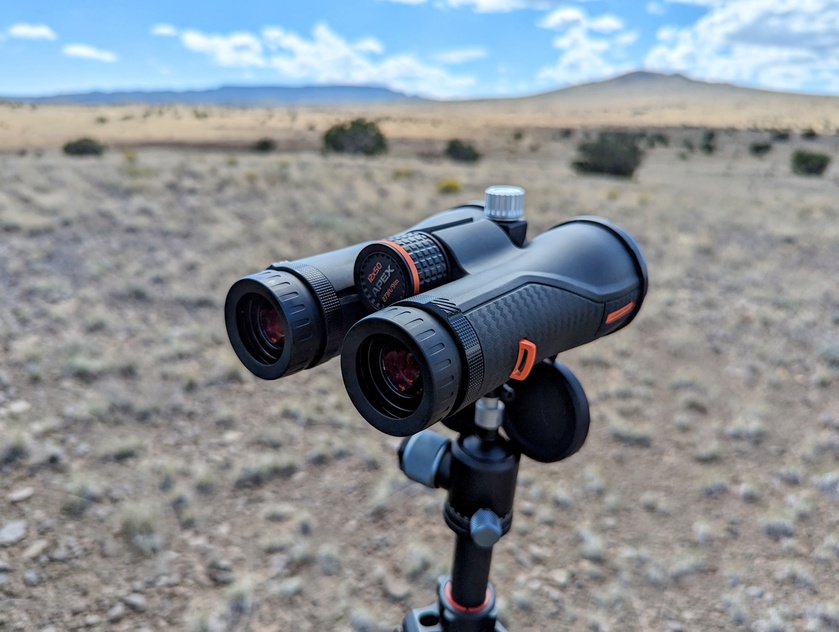
I have not made a detailed study of all available 12x binoculars on the market, but I have seen a good number. Like with most high magnification optics, I have not seen an inexpensive one (under $500) worth buying. With binoculars, since aside from the normal considerations, the alignment between two barrels is exceedingly critical, I am even more leery of budget options because I have had plenty of bad experiences with budget binocualrs staying properly collimated and with the focusing in both barrels remaining identical. The Summit Pro, so far, has stayed nicely consistent.
Also, rather importantly, with higher magnification optics, I really prefer to have a ranging reticle. There are two reasons for this. One is that it is very helpful when spotting shots. Another is that ranging with a reticle is a perishable skill. It is much easier to grab a binocular and go practice range estimation than do so with a riflescope on a rifle.
Apex' Summit Pro combines a good quality Japanese 12x50 binocular with a reticle for well under $1k.
The reticle in a binocular is a bit of a different proposition than a reticle in a riflescope. In a binocular, I want it to be there when I need it, but out of the way when I am just looking at things. Apex' take on a binocular reticle, TR2, is what we call "just right" in terms of sizing and line thicknesses.
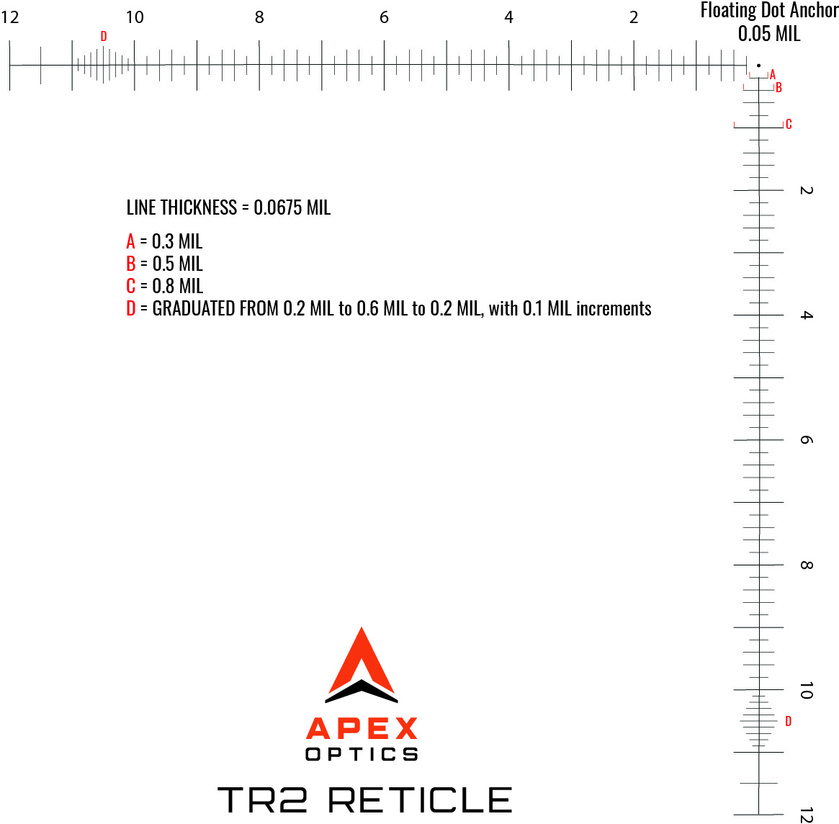
It gives me 0.2mrad hashes, so the basic look and ranging process is very similar to how I would go about it with a riflescope. The reticle is fairly thin, which fits the application well.
Since the orientation of binocular barrels changes when you adjsut interpuplarry distance, reticle orientation also changes. To mitigate that, the left barrel that contains the reticle, has an adjustment to rotate it. If memory serves me right, Kenko (a prominent Japanese OEM) had a patent on that, so I suspect they are the ones building it for Apex.
The right barrel has the eye-focus adjustment. It is non-locking, but has enough friction to stay in place.
The center focusing knob looks to be well calibrated. There appears to be a slight amount of hysterisis, but if I was not looking for it, I would never find it.
At 32 ounces, the binocular is a little lighter than I would typically want in a high magnification optic, but that is a good thing if you have to hike with it. It is well balanced and my hands naturally settle in a spot where the focus knob is right under my index finger. That's probably individual though.
Optically, it looks like a very good optic, especially for the money. 12x Razor UHD is better. So is 12x Leica Ultravid. Both of these are a lot mroe expensive though.
The most direct competitor price-wise is probably Leupold BX-5. I have not spent a ton of time with it, but if my recollection is accurate, it is pretty close, but Apex has a reticle.
I have some mileage with Vortex 12x binoculars, of which I have seen three: Viper, Razor HD and Razor UHD. In terms of pure image quality, the Summit Pro is somewhere between Viper and Razor HD, but closer to the Razor.
It has a little less FOV than Razor HD and I think Razor has a large sweetspot. However Summit Pro looks to have a slight edge in center field performance.
FOV of the Summit Pro is about 5% narrower than the Razor. The difference is not huge, but I can see it. Apparent FOV is right around 62 degrees for the Apex, which is appropriate for a fairly compact 12x50 bino. Razor is about 65degrees AFOV.
There is some CA on high contrast objects (mostly purple), but it was very difficult to capture it with a camera. I'l make a few more attempts. The objectives utilize ED lenses, so good CA performance is not surprising.
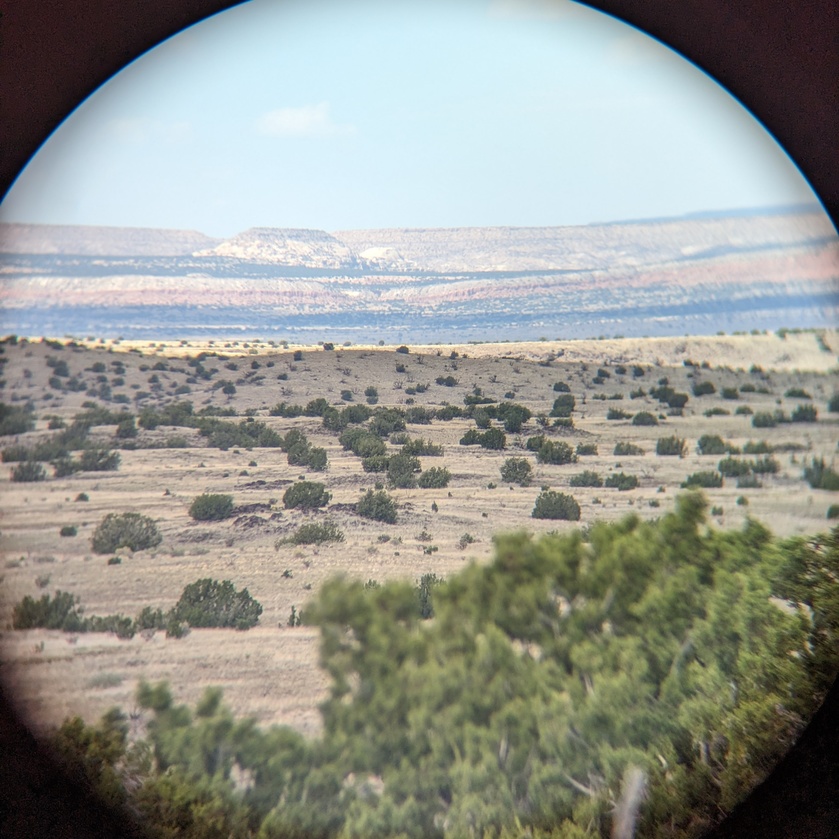
Depth of Field did not seem anythign out of the ordinary. It was neither unusually shallow, nor unusually deep.
Contrast and color rendering are very natural. Razor UHD has punchier colors in comparison.
Flare looked to be well controlled. I could induce some veling flare with particularly obnoxious conditions on an open plain, but overall this was very good performance.
I have spent a lot of time with these during the dusk and dawn, as well as in good light. However, I did not really do much evaluation when it is pitch black. That is not how I use them, but I plan to do that for a little bit before I shoot the final video. For the most part, I use those conditons to look for ghost images.
The interpupillary distance adjustment range was sufficient for my somewhat substantial mug and for my 10 year old son. We'll call it flexible enough, but it is not intended as a kids binocular.
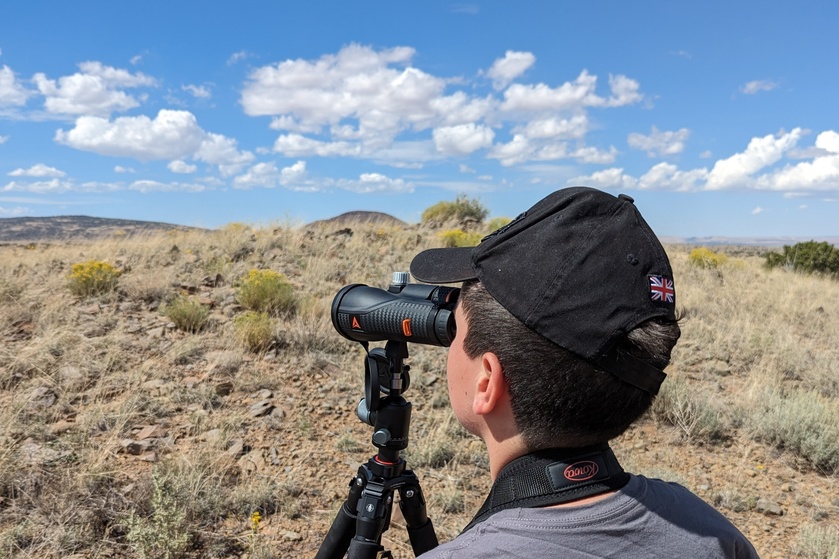
When we were out scouting, he was using my 6.5x32 Kowa with much more ease. For what it's worth, that little Kowa has become my absolute go to general purpose binocular. https://bit.ly/3J4XjcU There is something spectacular about a very wide FOV of a moderate power bino.
Still, for the open plains where we were, a 12x bino on a tripod was definitely the right tool for the job. Summit Pro is compatible with all the normal tripod adapters. In this picture, I am using a Vortex Pro binocualr adapter on a Spartan Precision Ascent Gen2 tripod https://amzn.to/3rAU0Vk It is not the best tripod for the money. It is probably not the best starter tripod for people new to this. However, if I am not out testing something, given a choice, this is the tripod that heads to the field with me.
I'll be useing the Summit Pro 12x50 binocular on a pronghorn hunt next week. Given my skill level and luck, chances are I will not even see a pronghorn, but I will spend three solid days glassing. I'll let you know how it goes. So far, Summit Pro has been good in not inducing excessive fatigure, which is a promising sign.
In the meantime, I am exceedingly pleased with the Summit Pro. It offers very good optomechancial performance for the money and a reticle that definitely pushes it up a notch against the competition in my view.
